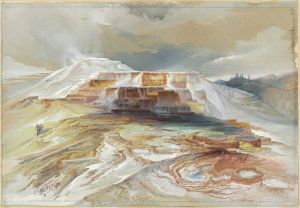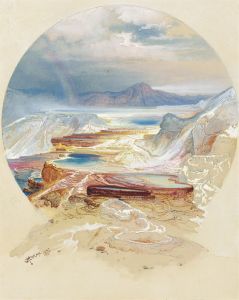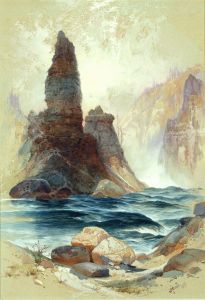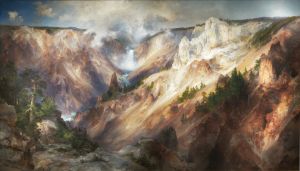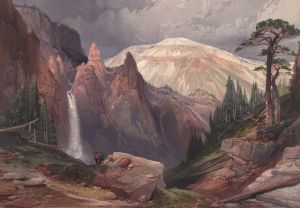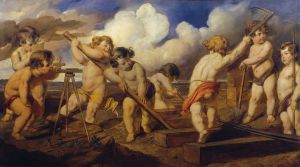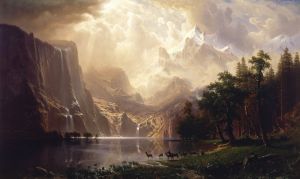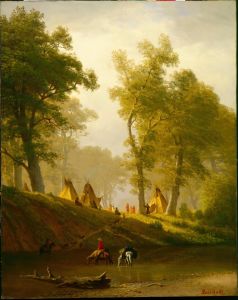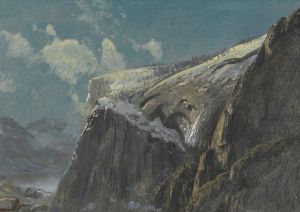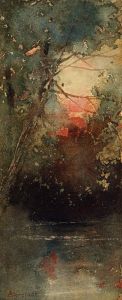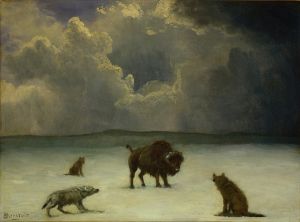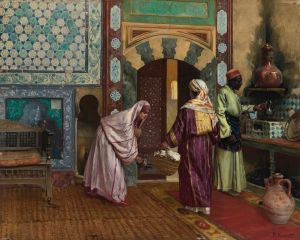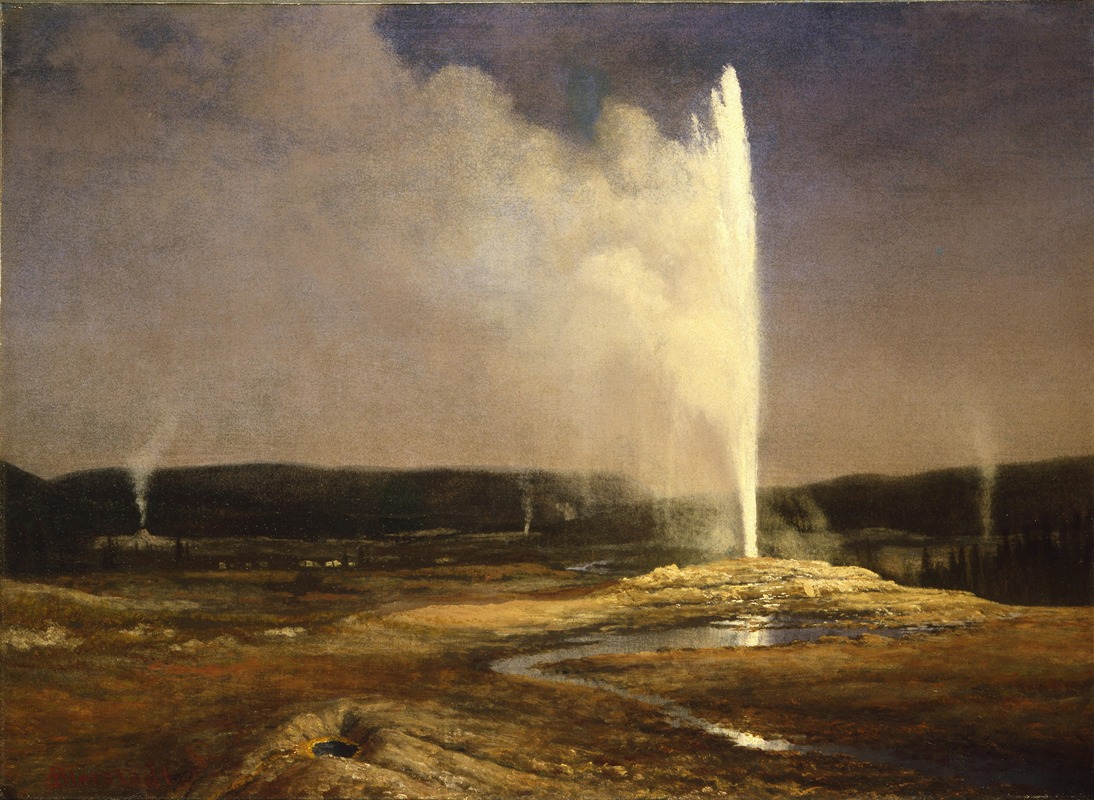
Geysers in Yellowstone
A hand-painted replica of Albert Bierstadt’s masterpiece Geysers in Yellowstone, meticulously crafted by professional artists to capture the true essence of the original. Each piece is created with museum-quality canvas and rare mineral pigments, carefully painted by experienced artists with delicate brushstrokes and rich, layered colors to perfectly recreate the texture of the original artwork. Unlike machine-printed reproductions, this hand-painted version brings the painting to life, infused with the artist’s emotions and skill in every stroke. Whether for personal collection or home decoration, it instantly elevates the artistic atmosphere of any space.
Albert Bierstadt was a renowned 19th-century American painter known for his grandiose landscapes of the American West. His works are celebrated for their dramatic use of light and meticulous attention to detail, capturing the vastness and beauty of the American frontier. One of his notable works is "Geysers in Yellowstone," which reflects his fascination with the natural wonders of the Yellowstone region.
Bierstadt was born in Germany in 1830 and immigrated to the United States with his family in 1831. He developed an early interest in art and studied painting in Düsseldorf, Germany, before returning to the United States. Bierstadt became associated with the Hudson River School, a group of landscape painters known for their romantic portrayal of the American wilderness.
In the mid-19th century, the American West was largely unexplored by European Americans, and Bierstadt was among the artists who ventured into these territories to document their landscapes. His travels to the West began in the 1850s and continued through the 1870s, during which he joined several expeditions, including those led by the U.S. government.
Yellowstone, located primarily in Wyoming but extending into Montana and Idaho, was one of the regions that captivated Bierstadt. The area is famous for its geothermal features, including geysers, hot springs, and fumaroles. In 1872, Yellowstone was designated as the first national park in the United States, highlighting its significance and the growing interest in preserving natural landscapes.
"Geysers in Yellowstone" is one of Bierstadt's paintings that captures the unique geothermal activity of the park. While specific details about the creation of this particular painting are limited, it is consistent with Bierstadt's style of emphasizing the sublime and awe-inspiring aspects of nature. His paintings often feature dramatic contrasts between light and shadow, expansive skies, and meticulous details that bring the landscape to life.
Bierstadt's work played a significant role in shaping public perception of the American West. His paintings were exhibited widely and helped to promote the idea of the West as a land of untamed beauty and potential. This, in turn, contributed to the westward expansion and the eventual establishment of national parks to preserve these natural wonders.
Throughout his career, Bierstadt faced both acclaim and criticism. While his works were popular with the public and collectors, some critics argued that his paintings were overly romanticized and lacked authenticity. Despite this, his influence on American art and the conservation movement remains significant.
Today, Albert Bierstadt's paintings, including "Geysers in Yellowstone," are held in high regard and are part of numerous public and private collections. They continue to be appreciated for their artistic merit and historical significance, offering a glimpse into the 19th-century American landscape and the early efforts to document and preserve the natural beauty of the West.





